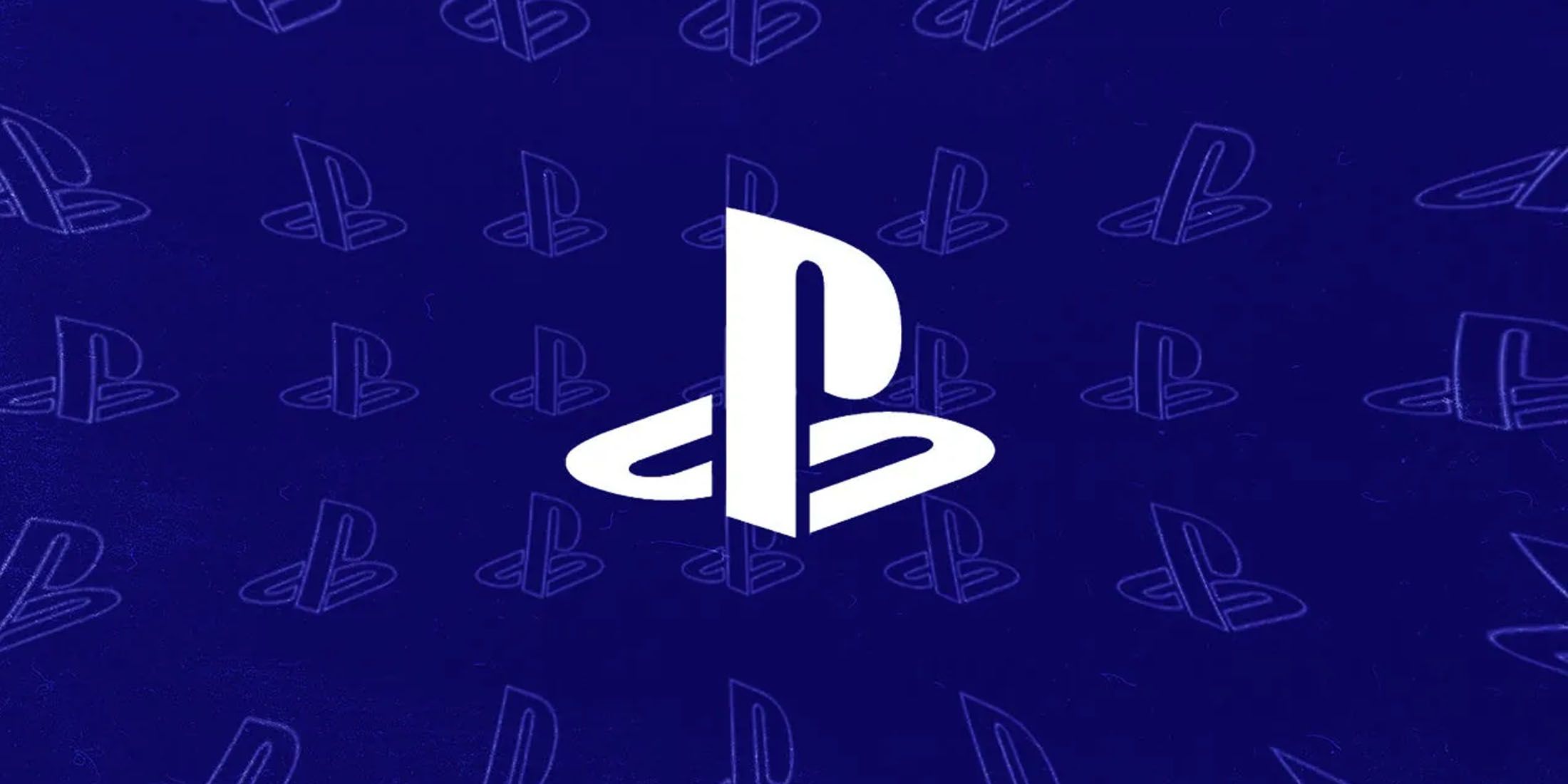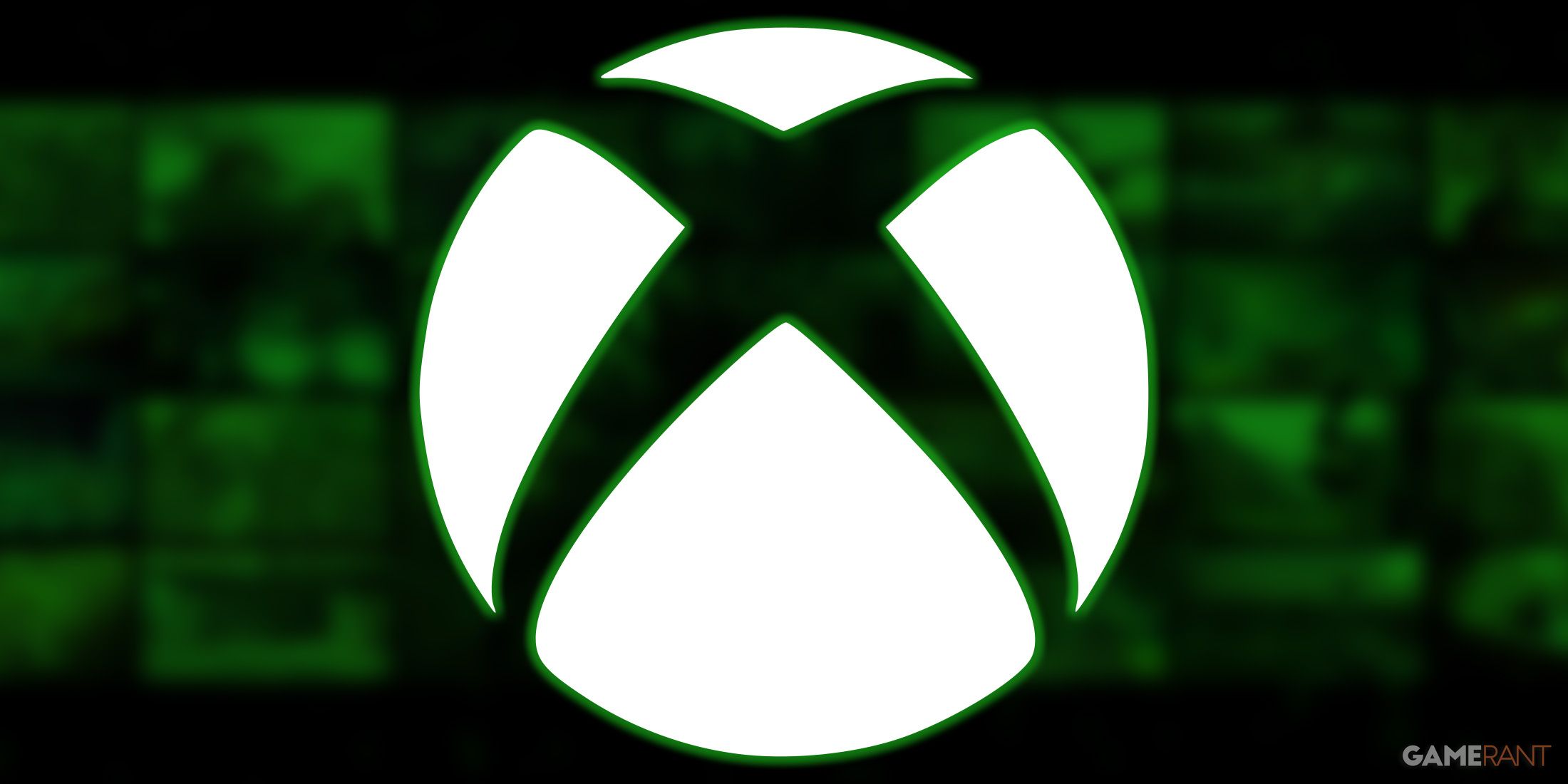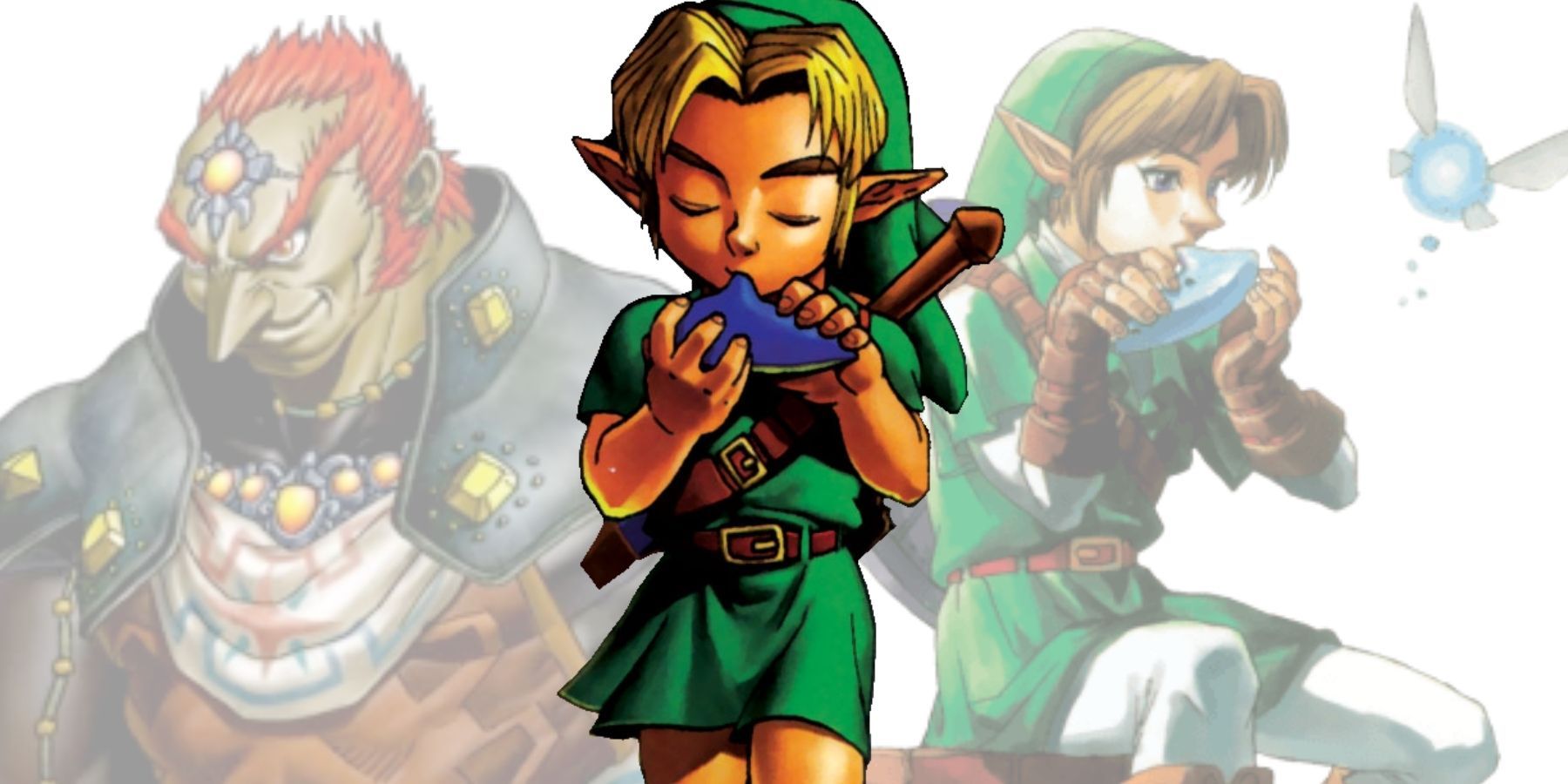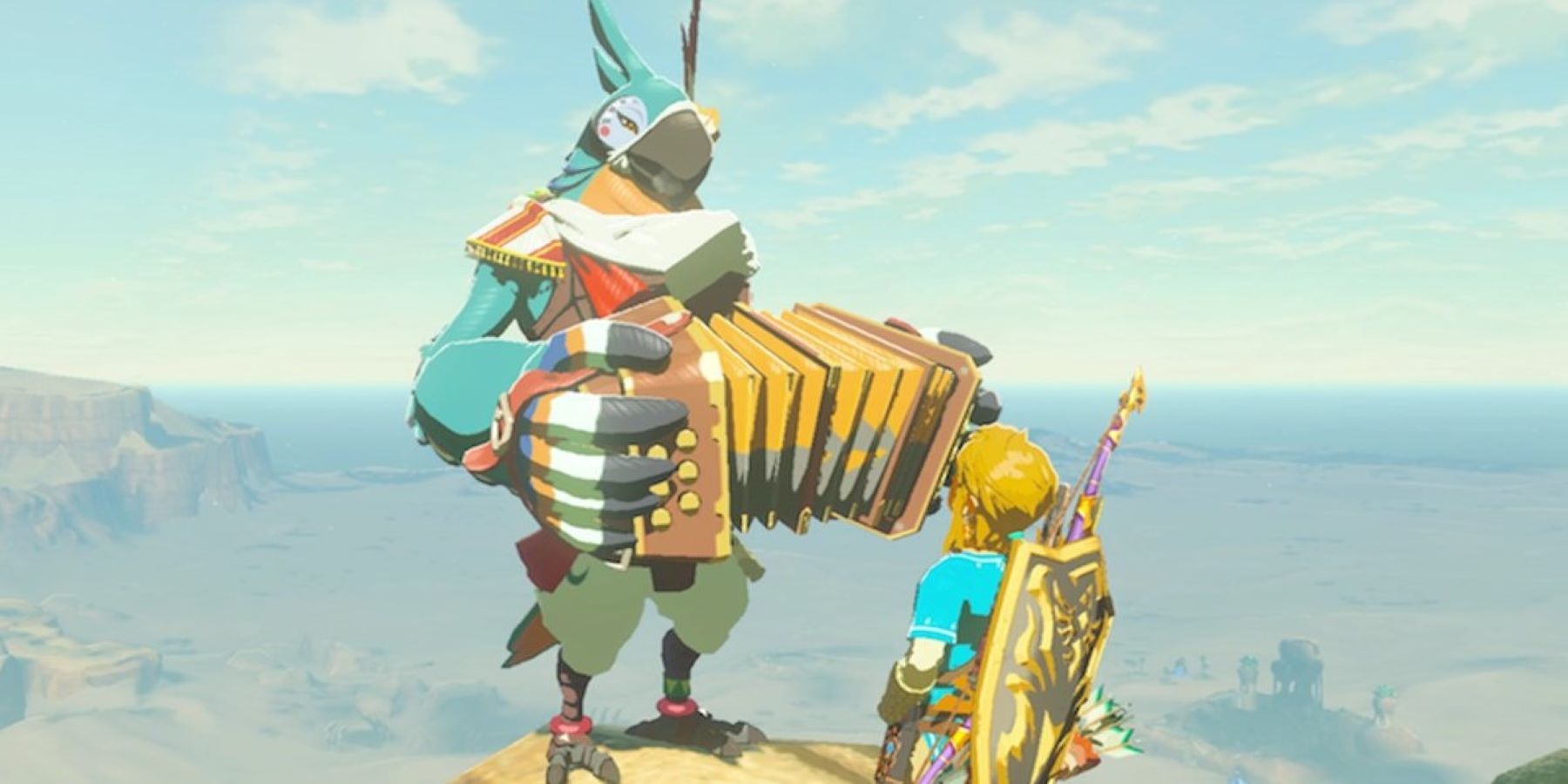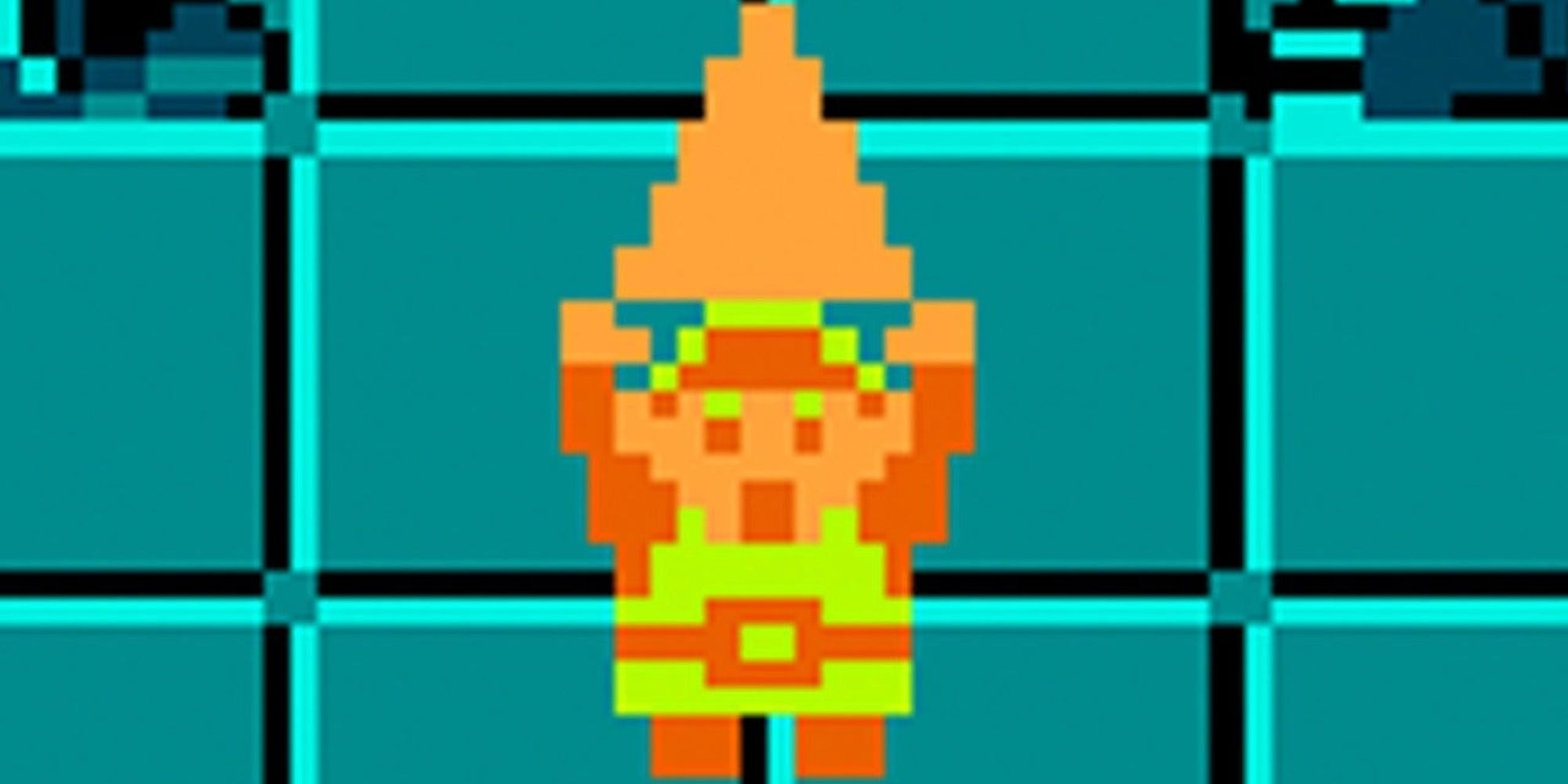From the original Legend of Zelda, to Ocarina of Time, to Breathe of the Wild, Link's adventures have been celebrated for their use of music. Few games sound better in their respective generations than The Legend of Zelda's scores, but these beautiful tracks only tell half the story. Rarely scrutinized by itself, sound design - specifically that pertaining to rewarding feedback or mechanical cues - is a crucial aspect of establishing satisfying game loops. In many respects, sound effects are the unsung heroes of game design, and that is especially true for Zelda.
While the technology behind Zelda's soundscapes has evolved by leaps and bounds, Nintendo has maintained a pleasing sense of continuity that unifies Link's varied chronicles across Zelda games. The swoosh of a sword (later augmented by Link's equally recognizable cries), the clink of rupees, the "puzzle solved" tune, and the celebratory "key item discovered" ditty immediately let players know that they're in a Zelda game. Hearing these familiar noises is not only intrinsically pleasing; it affords the series a sense of continuity while reinventing itself with every installment.
Abstract Concepts Captured in Sound
In terms of nostalgia, the original Zelda's "puzzle solved" sound effect is one of the most iconic in all video gaming. Long before designers were consciously concerned with things like reward loops and dopamine cycles, the original Legend of Zelda's sound designer Koji Kondo came up with a way to provide players valuable contextual feedback, while also making them feel like heroes. The quick tune that plays when Link solves a puzzle or uncovers a secret room has become synonymous with a sense of discovery and triumph.
Shuffling feet, monster growls, and other ambient or reactive noises make a game world feel more like the real one, and designers have chased that goal since early on. Different genres rely more heavily on ambient and reactive sound than others. Atmospheric noise is especially important for horror titles, but Zelda's "puzzle solved" tune is truly remarkable because it gives sound to an idea. It is a sort of mechanical synesthesia without direct analog in the real world; a magical inherent quality that only video games can possess.
Continuity, Consistency, and Identity in Zelda Games
The original Legend of Zelda on NES made all its noises using the Ricoh 2A03 chip. Though the Ricoh has five sound channels, earlier NES cartridges like the first Zelda only made use of four channels due to technical constraints. Comparing the Ricoh to the PS5's Tempest Engine - a dedicated audio chip that is capable of producing literally hundreds of distinct three-dimensional sounds at once - is like comparing the paintings on a cave wall to a gallery in the Louvre. Given this huge gulf in complexity, it is easy to imagine a world where Nintendo decided to start from scratch with each Zelda installment to leverage new technologies.
Fortunately, Nintendo recognized the value of continuity for establishing a series' identity. Zelda's puzzle solved sound effect is still being used nearly forty years after the original game. Since then, sounds have steadily evolved to become more elaborate and crisp, and new "conceptual" sound effects - like the unique tunes that plays when Link finds rupees - form the core of the game's sound design. This distinct identity may explain why the Zelda series has gone on to inspire a genre of Zelda-like spiritual successors.
A Legacy of Influences
Many games have used Zelda's evolving continuity to establish their identities as well. New installments in the Final Fantasy series are even more distinct from each other than The Legend of Zelda sequels, radically reinventing what came before with unique worlds, different casts of characters, and distinct magic systems. But subtle, sonic flourishes help give each title a sense of continuity. The quick cursor-selection chirp in menus, the familiar noises that Final Fantasy animals make, and the brief but ever-iconic battle victory music all provide players with that same sense of "homecoming" as The Legend of Zelda.


